My single line text

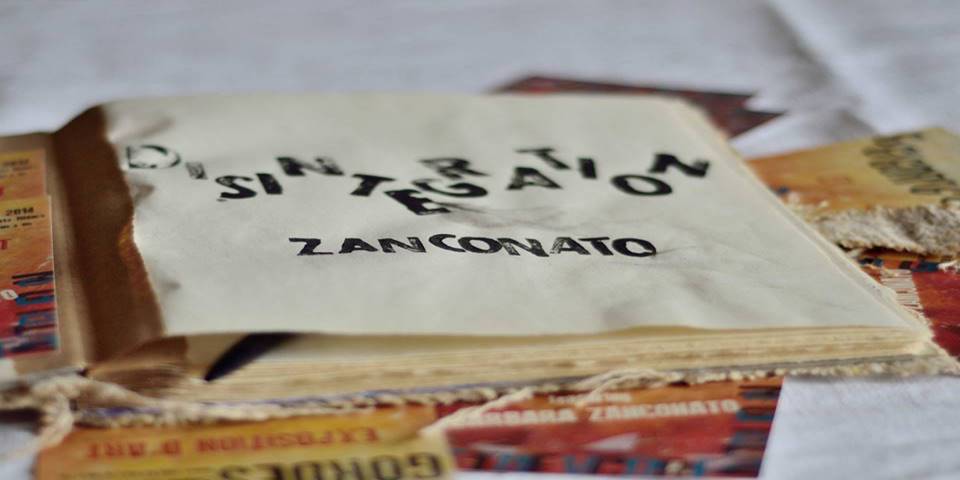

062014
it was an experiment, a kind of bet...
... I wanted to see if the empathy with the audience that I had noted as a result of being present in the rooms during previous exhibitions was once more possible, with a completely different and purely international audience…
... I wanted to examine and confirm my deep conviction that art can be a crucial element in promoting the rediscovery of the human essence, an essence unfortunately often forgotten if not completely erased from the mind, from society and modern life.
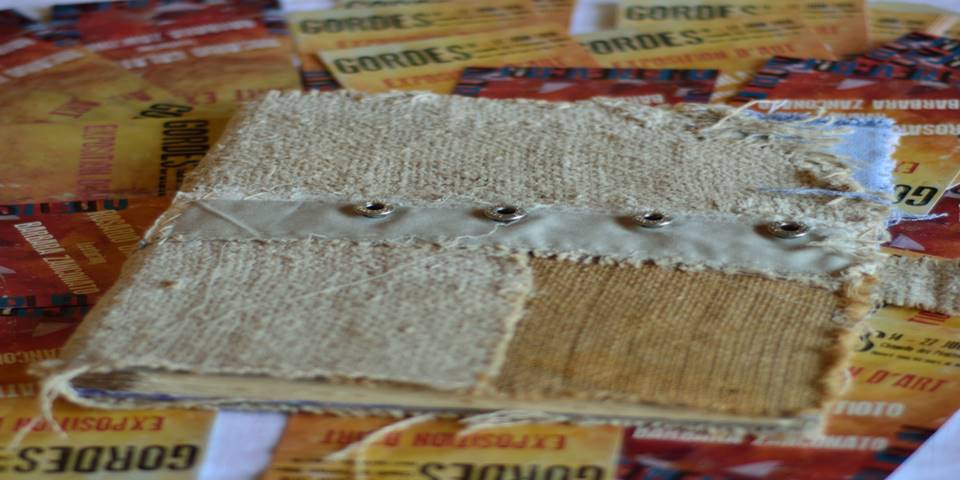
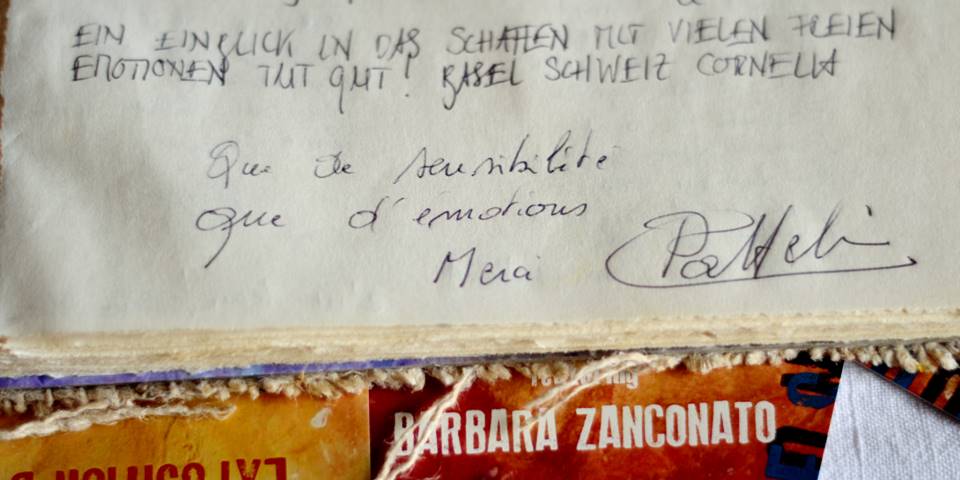
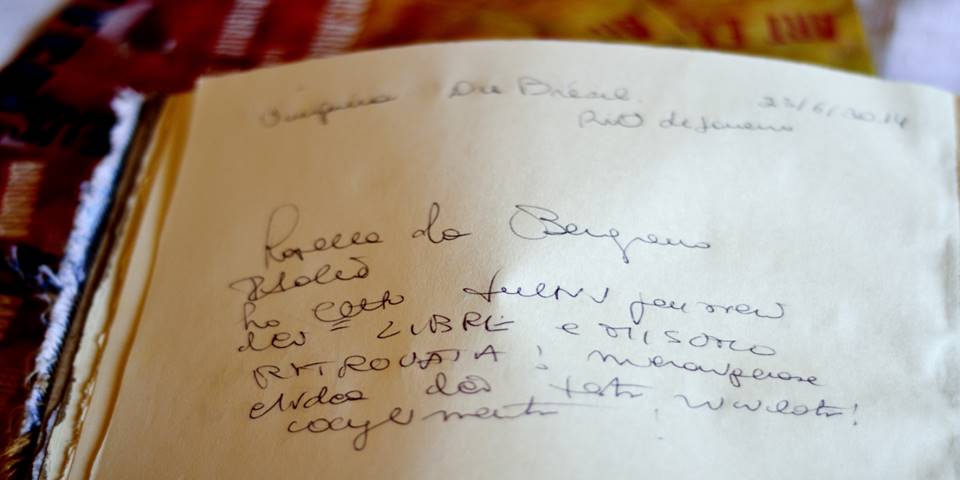
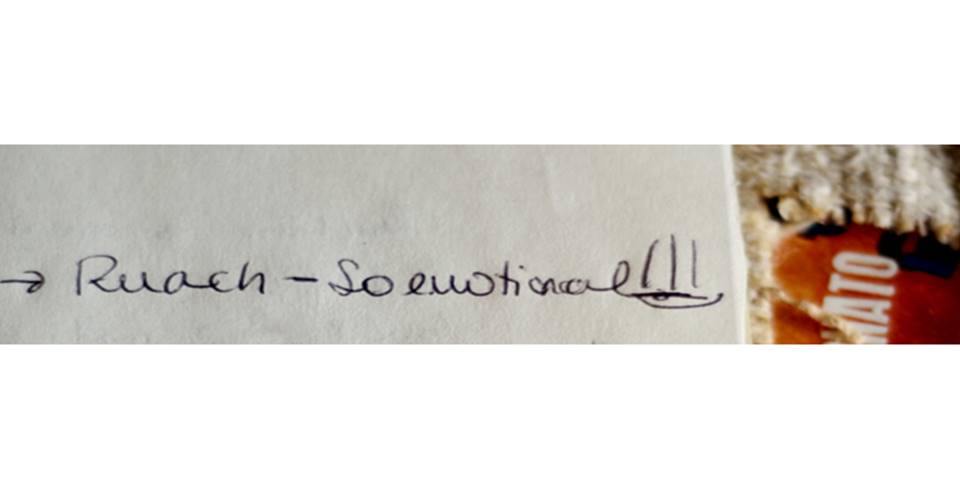
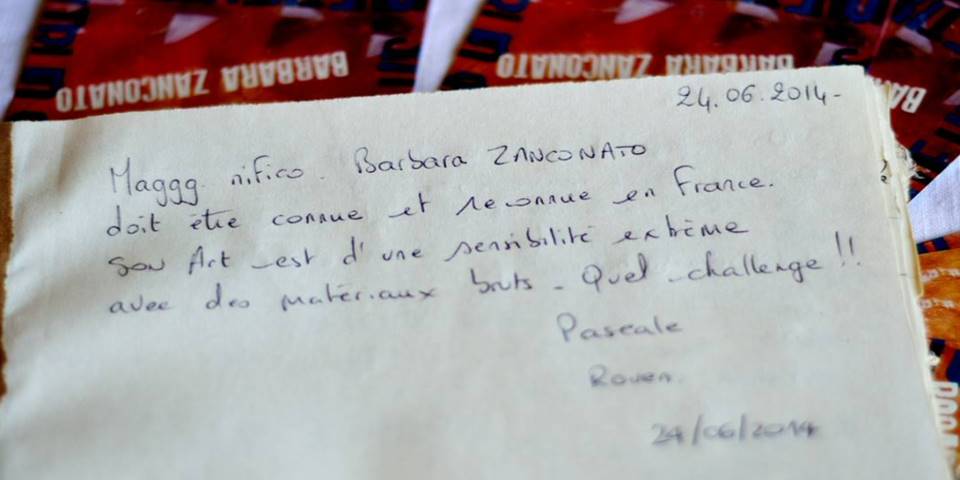
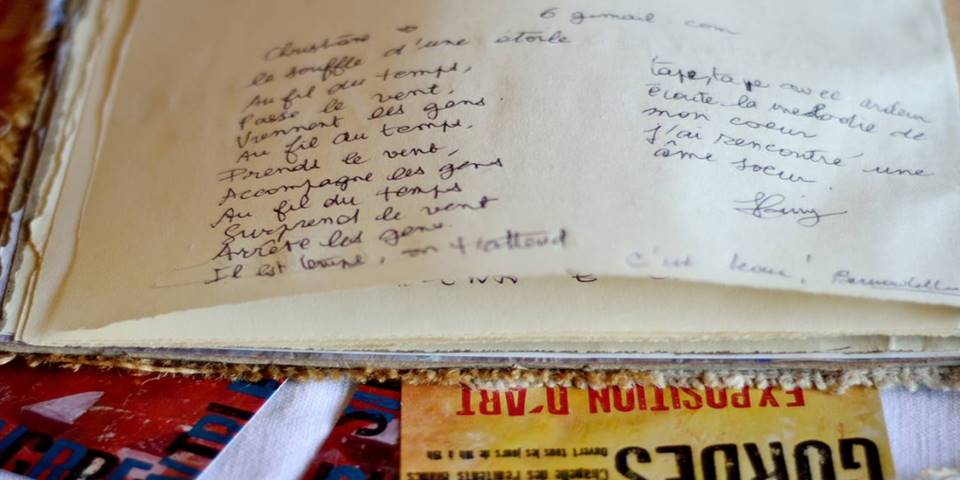
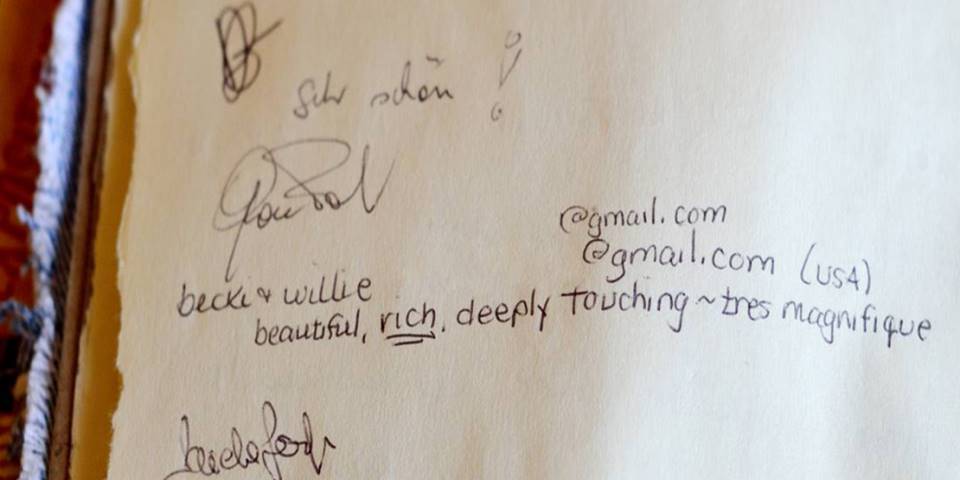
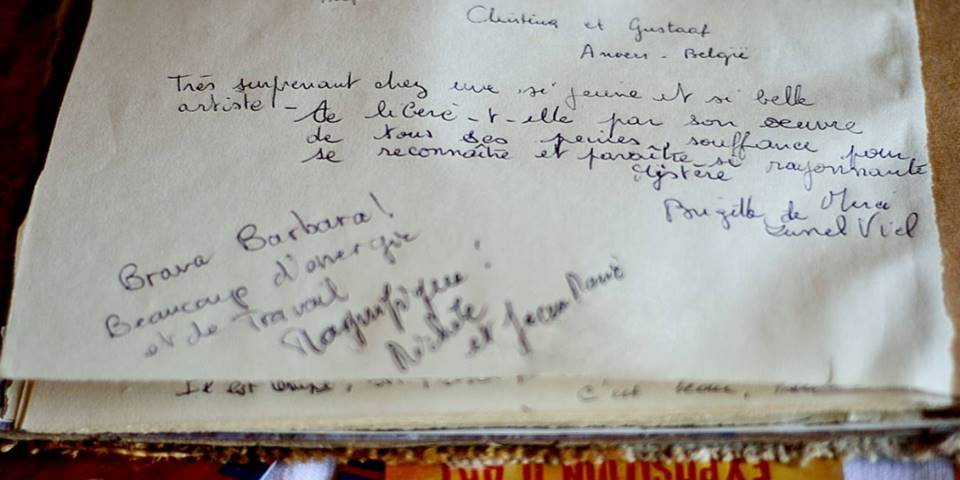
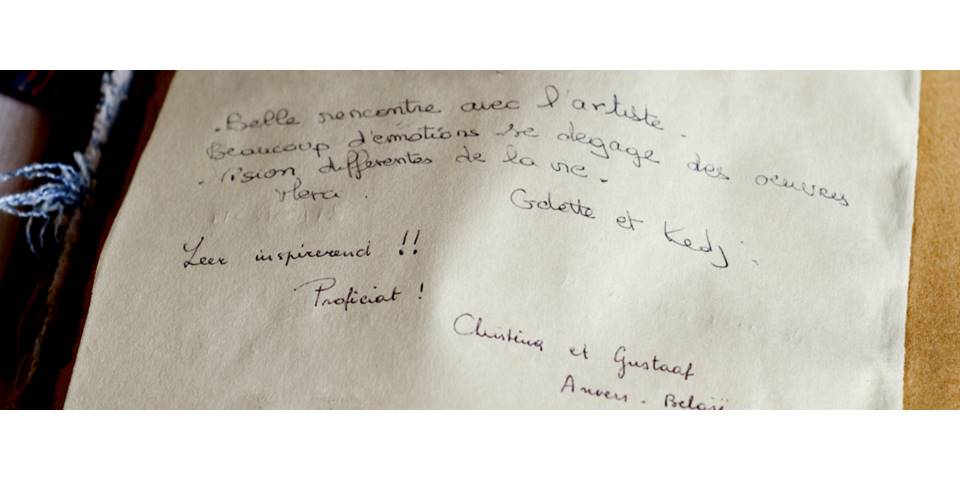
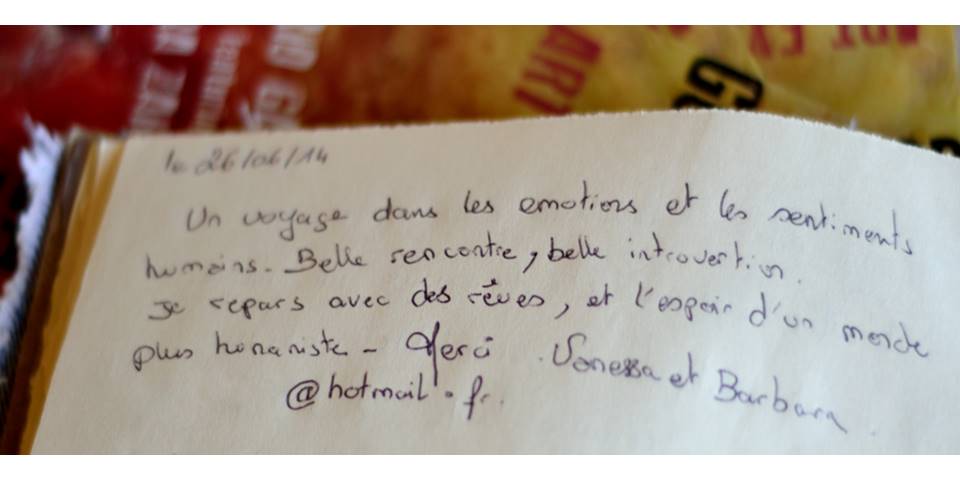
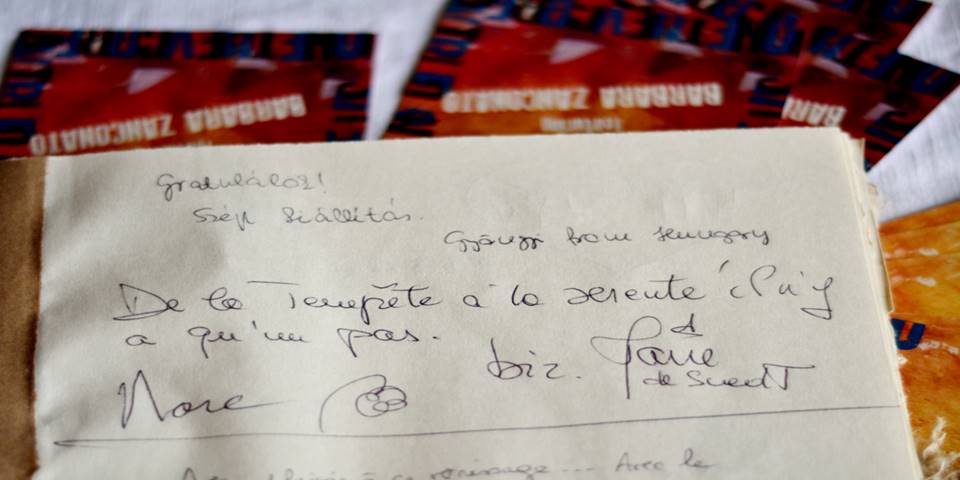
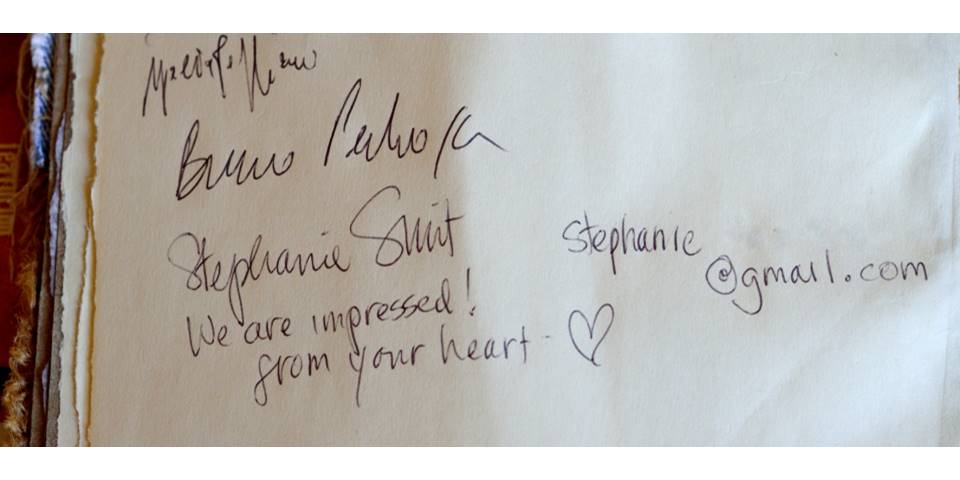
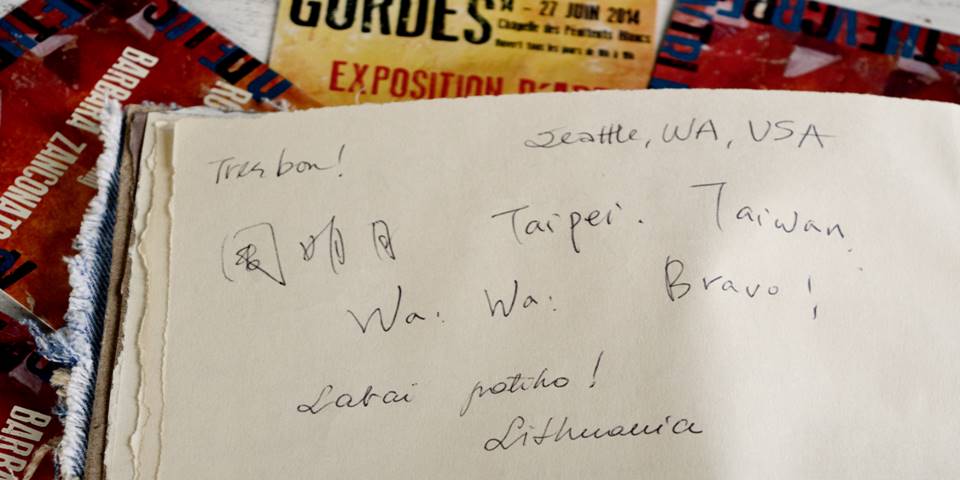

review
GORDES 062014
Andrea Fallini*
Andrea Fallini*
« Gordes062014 » is the chronicle of an artistic experiment that Barbara Zanconato chose to conduct during "Disintegration", her first solo exhibition outside the Italian borders, held in Gordes in the south of France in the second half of June 2014.
For the artist, the experience was an essay on a different scale of the reactions that the public has demonstrated in front of her works in previous exhibitions. It was a form of test to see if the empathy that her works have always aroused is a fact of geographical affinity, or if their ability to emotionally engage is independent of the background and the geographical origin of the viewer.
For the artist, the experience was an essay on a different scale of the reactions that the public has demonstrated in front of her works in previous exhibitions. It was a form of test to see if the empathy that her works have always aroused is a fact of geographical affinity, or if their ability to emotionally engage is independent of the background and the geographical origin of the viewer.
To conduct this experiment, Zanconato proposed a performance in view, taking her latest artistic production to a different and more varied audience at Gordes, Provence, a beautiful village popular with tourists from around the world.
This volume represents the physical trace of this performance, drawn from the continuous presence of the artist and therefore available to visitors to the exhibition. She was able to witness directly the fleeting, spontaneous and very often epithelial reactions of the public which are not describable in words but which only bodies, facial expressions and eyes can reveal. This approach, already used by the artist in her previous Italian exhibitions, reached a new milestone and a greater awareness in Gordes. The awareness of a more mature vision and function of art as a means to communicate and to allow communication seems today to be disappearing from universal attention: the importance and richness of our inner world; our sensations and deepest feelings, our hidden hopes and dreams.
For Zanconato, art has always had the function of reconnecting ourselves with our most intimate and hidden parts because in the current and common perspective, dominated by a synergistic mix of consumerism and materialism, we are nothing but machines, biological robots devoted to personal profit, characterized by standardized behavior conditioned by moral messages and advertising that urges towards homogenization and competition, trapped in an endless series of rules that, at different levels, delimit ever more the space for free development and personal reactions.
This volume represents the physical trace of this performance, drawn from the continuous presence of the artist and therefore available to visitors to the exhibition. She was able to witness directly the fleeting, spontaneous and very often epithelial reactions of the public which are not describable in words but which only bodies, facial expressions and eyes can reveal. This approach, already used by the artist in her previous Italian exhibitions, reached a new milestone and a greater awareness in Gordes. The awareness of a more mature vision and function of art as a means to communicate and to allow communication seems today to be disappearing from universal attention: the importance and richness of our inner world; our sensations and deepest feelings, our hidden hopes and dreams.
For Zanconato, art has always had the function of reconnecting ourselves with our most intimate and hidden parts because in the current and common perspective, dominated by a synergistic mix of consumerism and materialism, we are nothing but machines, biological robots devoted to personal profit, characterized by standardized behavior conditioned by moral messages and advertising that urges towards homogenization and competition, trapped in an endless series of rules that, at different levels, delimit ever more the space for free development and personal reactions.
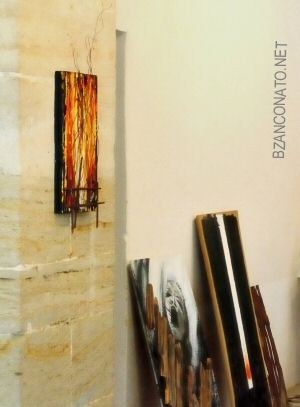
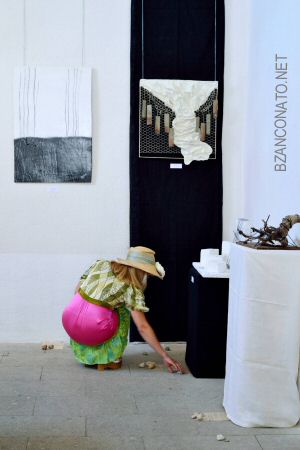
The current paradigm of society (perhaps not just Western), with its facade of a guaranteed individual freedom, pushes towards standardized (globalized) behaviors at the cost of a continual reduction in the volume of our personal spheres. These are under insistent attack at an unconscious level by marketing campaigns in which media and advertising succeed in presenting educational models that definitely do not tend to develop and encourage personal predispositions and autonomy.
In this scenario, our emotional side is neglected, indeed, forgotten and repressed. Feelings, ideals, predispositions, dreams, deep passions are the continuous subjects of suppression, driven to the most remote places of our soul, offset by a sense of well-being, a facade of contentment certified in the eyes of others by the status symbols that time to time are acquired through behaviors dedicated to personal interests and power. It is not as important to be happy and satisfied but as it is to appear happy and, possibly, never satisfied.
In addition, human relations have become increasingly virtual, even when the distances between us are minimal, through systems that put us in touch in real time, in any place. These contacts take the place of direct relationships, of the empathy that comes from a meeting of bodies and looks, from the facial expressions, hand gestures , the intensity and tone of a voice, ... It is into this scenario that Barbara Zanconato places her poetic art and where her art acquires its dimension, that of reminding us of the existence of our forgotten inner world, to encourage us to explore it, to sustain and help us to discover the true part of us that makes us unique. She is convinced that this is the first step to building more empathetic and mutually satisfying human and social relations.
In this scenario, our emotional side is neglected, indeed, forgotten and repressed. Feelings, ideals, predispositions, dreams, deep passions are the continuous subjects of suppression, driven to the most remote places of our soul, offset by a sense of well-being, a facade of contentment certified in the eyes of others by the status symbols that time to time are acquired through behaviors dedicated to personal interests and power. It is not as important to be happy and satisfied but as it is to appear happy and, possibly, never satisfied.
In addition, human relations have become increasingly virtual, even when the distances between us are minimal, through systems that put us in touch in real time, in any place. These contacts take the place of direct relationships, of the empathy that comes from a meeting of bodies and looks, from the facial expressions, hand gestures , the intensity and tone of a voice, ... It is into this scenario that Barbara Zanconato places her poetic art and where her art acquires its dimension, that of reminding us of the existence of our forgotten inner world, to encourage us to explore it, to sustain and help us to discover the true part of us that makes us unique. She is convinced that this is the first step to building more empathetic and mutually satisfying human and social relations.
As mentioned above, at Gordes Zanconato took a further step forward in focusing her personal vision of art by transforming the opportunity for a solo exhibition into a two week long performance during which the artist, just as with a shaman, made herself available to the audience to open the way and guide them into a different dimension, spiritual one which is also in contact with everyday reality, to experience with her for a few moments the depth of the inner world which is for her a characteristic of human nature. The artist attempts to aid in feeling and enjoying the satisfaction that comes from sharing in a direct and sincere manner our dreams and hopes, anxieties and disappointments; painful experiences, but also those of rebirth and of success.
For this purpose, the artist, presenting an unprecedented series of works that represent fragments of her inner world, invited the viewer to unconsciously reflect themselves through the works in order to see themselves in the art and, perhaps, meet and in any case become aware (again?) of the existence of a different level of consciousness.
In addition, the artist arranged the works on exhibition in order to facilitate the audience's feeling of being immersed in a particularly intimate and psychological scene, one characterized by several symbolic elements (e.g. stones placed on the ground above the poetic texts which laid the foundation of the works) that was offset by the numerous symbols and references which have always characterized her creations.
At the centre of the Chapelle des Penitents Blancs a winding installation hosted a number of Livres d'Artiste (which, originating as drafts of a possible exhibition catalog, later became completed works, each one unique), like a series of personal diaries of possible parallel lives.
For this purpose, the artist, presenting an unprecedented series of works that represent fragments of her inner world, invited the viewer to unconsciously reflect themselves through the works in order to see themselves in the art and, perhaps, meet and in any case become aware (again?) of the existence of a different level of consciousness.
In addition, the artist arranged the works on exhibition in order to facilitate the audience's feeling of being immersed in a particularly intimate and psychological scene, one characterized by several symbolic elements (e.g. stones placed on the ground above the poetic texts which laid the foundation of the works) that was offset by the numerous symbols and references which have always characterized her creations.
At the centre of the Chapelle des Penitents Blancs a winding installation hosted a number of Livres d'Artiste (which, originating as drafts of a possible exhibition catalog, later became completed works, each one unique), like a series of personal diaries of possible parallel lives.
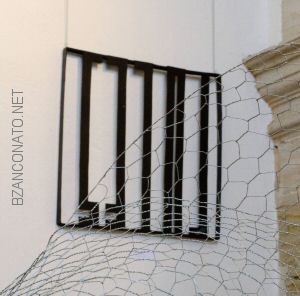
She then inserted herself into the environment, positioned to observe the audience and its reactions and to be available for moments of deep contact in which words, in part due to the wide diversity of languages involved, left space for different modes and levels of communication, perhaps more direct, sincere and personal: hugs, handshakes, glances, smiles, expressions of the body, as well as messages in the Livre d'Or.
And this was the performance itself: the exchange of energy between the archetype artist, a prototype of an ideal humanity, open to dialogue and sharing, a Shaman-Guide to a forgotten dimension. Many were the visitors who were willing to immerse themselves, inspired by the environment and the emotional force of the exhibits, into an inner world. A deep exchange that imprinted the audience, so much so that, in many cases, the empathetic effect of the performance continued even after the visitors had departed from the Chapelle des Penitents Blancs, prompting them to return to repay in part the transfusion of energy received.
And this was the performance itself: the exchange of energy between the archetype artist, a prototype of an ideal humanity, open to dialogue and sharing, a Shaman-Guide to a forgotten dimension. Many were the visitors who were willing to immerse themselves, inspired by the environment and the emotional force of the exhibits, into an inner world. A deep exchange that imprinted the audience, so much so that, in many cases, the empathetic effect of the performance continued even after the visitors had departed from the Chapelle des Penitents Blancs, prompting them to return to repay in part the transfusion of energy received.
With Barbara Zanconato, the performance as artistic act takes on a new connotation: no longer a period of provocation or exhibitionism, it has gone beyond the 60s and 70s when performances embodied moments of reaction to society's taboos of time and statements of personal individuality. It has also passed by the 80s and the 90s when many outrageous attitudes were absorbed by the consumerist system, turning them into make elements of show business, continuing with the far too many glamour-chic performances in the late 90's and early 2000.
Her sense of performance is a moment of intense empathy and energy exchange between the artist and the public, of shamanic action by the artist, by facilitating the public's (re) discovery of the deep, hidden part of the self. A type of proselytism conducted by the artist who is convinced that a critical mass must be reached in order to flip the paradigm of current mentality and then bring about the transformation of society. Actions of proselytism that, in her opinion, pass via the direct experience of the viewer to this different metaphysical dimension.
Her sense of performance is a moment of intense empathy and energy exchange between the artist and the public, of shamanic action by the artist, by facilitating the public's (re) discovery of the deep, hidden part of the self. A type of proselytism conducted by the artist who is convinced that a critical mass must be reached in order to flip the paradigm of current mentality and then bring about the transformation of society. Actions of proselytism that, in her opinion, pass via the direct experience of the viewer to this different metaphysical dimension.
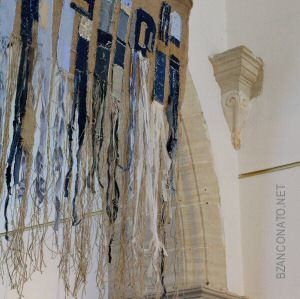
This occurs through the artist, who has the energy and sensibility to establish this contact and the strength and ability to lead the viewer into the depths of themselves. And only through this experience may the individual come to perceive, and therefore accept, the existence of something else, a different perspective of themselves and the world. This, for the artist, represents the first step towards a more radical change in society, one which puts the human being and his humanity at the centre of collective interests.
In essence, like other artists and performers before her, Zanconato manifests a reaction to the society of her time. It should be kept in mind that, in contrast to the early 60s, a period which witnessed the birth and development of the performance as an artistic gesture, she has witnessed the fall of all ideologies forming an alternative to capitalism (now globalization). Also, the great technological and cultural advances in science on the one hand and the general availability of high technology on the other have strengthened and generalized the deterministic vision of science, creating a mix whose result is a global techno-capitalist materialism in which the single person appears as a tiny gear inside the global social and economic machine.
In essence, like other artists and performers before her, Zanconato manifests a reaction to the society of her time. It should be kept in mind that, in contrast to the early 60s, a period which witnessed the birth and development of the performance as an artistic gesture, she has witnessed the fall of all ideologies forming an alternative to capitalism (now globalization). Also, the great technological and cultural advances in science on the one hand and the general availability of high technology on the other have strengthened and generalized the deterministic vision of science, creating a mix whose result is a global techno-capitalist materialism in which the single person appears as a tiny gear inside the global social and economic machine.
As a result, we should not be surprised that Zanconato has placed at the centre of her performances not the exhibition of the body (neither of the artist nor of any other performer), nor has she showcased obscene or provocative gestures. Rather, it is her personal aura which pervades the environment (which she prepared with works and installations), immersing the audience in a intangible, psychological and emotional world in which to establish relationships with oneself and with others, and allowing them to test, for a few moments, the existence and the warmth of a different human dimension. From this point of view, even the clothing she wears is of importance: she chose to present herself in an unexpected mode without assuming the distance of priesthood. Whilst it is true that the artist uses herself so that the public can make contact with an intangible dimension, unlike the priests of various religions, standing between man and God while maintaining contact with the divine, in her performances she leads the viewer in such a manner that they can test the metaphysic reality of human empathy, see for themselves whether this component is in fact denied by our mentality, our habits, from the materialistic and scientific vision of today.
This volume presents the steps in the performance Zanconato conducted at Gordes. In the first section, "Setting Up", the work, often ignored, of design and preparation of environment is emphasised and described directly by the artist. The following sections "Vernissage" and "Exhibition" document the inauguration of the event and the environment in the Chapelle des Penitents Blancs. The section "Livre d'Or" presents the main and more significant comments left by visitors and therefore is, in fact, the tangible evidence of the progress of the performance. The comments are followed by anecdotes and observations from the artist. The final section "With the Artist" presents portraits of Zanconato with her outfits and is accompanied by some of her thoughts.
This volume presents the steps in the performance Zanconato conducted at Gordes. In the first section, "Setting Up", the work, often ignored, of design and preparation of environment is emphasised and described directly by the artist. The following sections "Vernissage" and "Exhibition" document the inauguration of the event and the environment in the Chapelle des Penitents Blancs. The section "Livre d'Or" presents the main and more significant comments left by visitors and therefore is, in fact, the tangible evidence of the progress of the performance. The comments are followed by anecdotes and observations from the artist. The final section "With the Artist" presents portraits of Zanconato with her outfits and is accompanied by some of her thoughts.
*introduction of the series of Artists' Books
"Gordes 062014"
"Gordes 062014"


